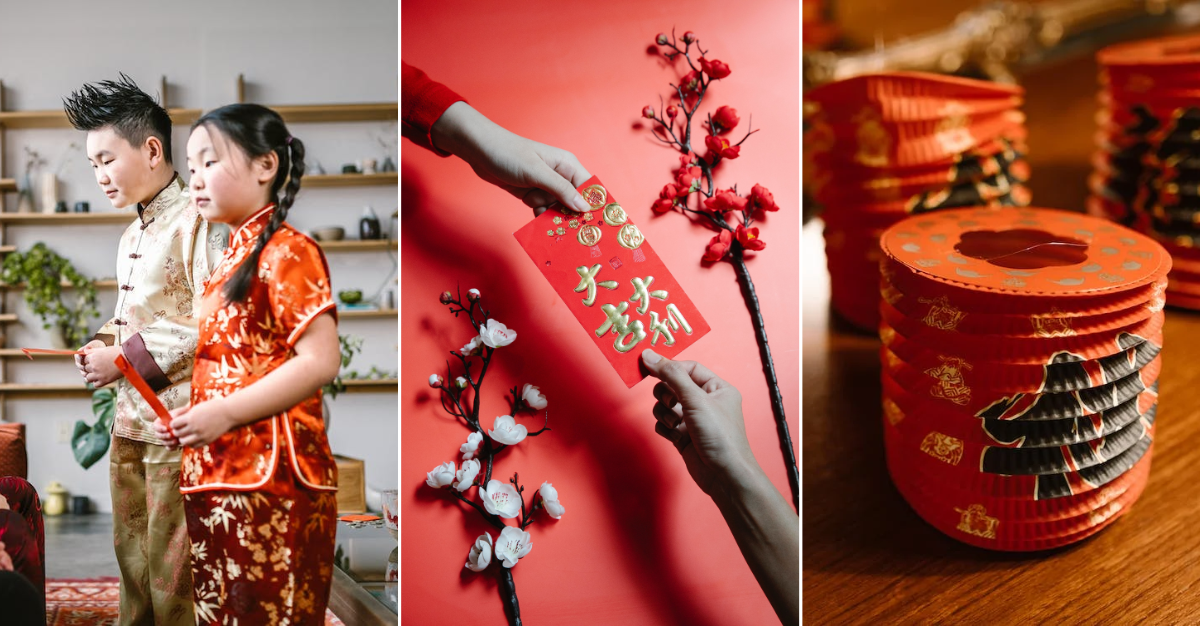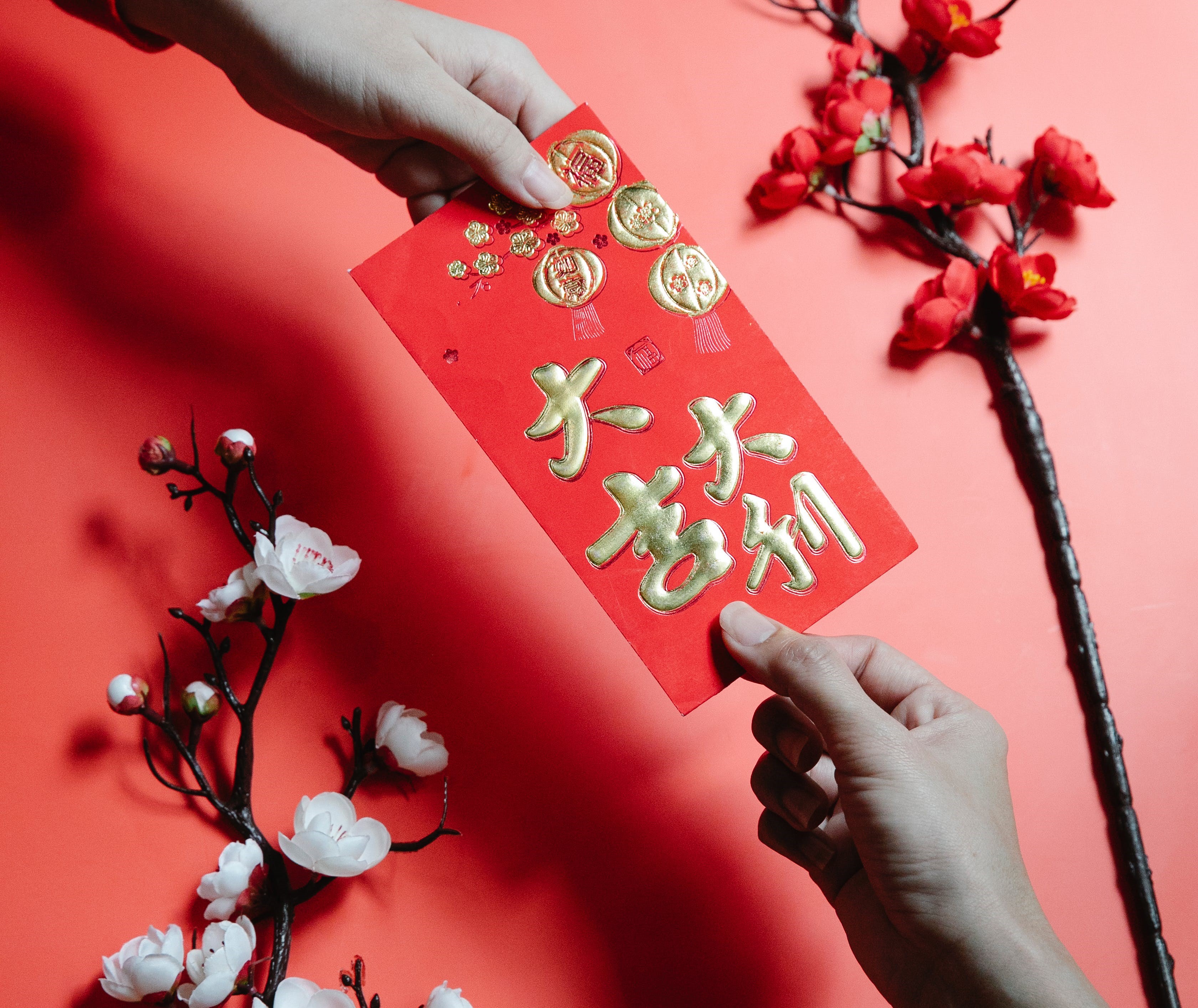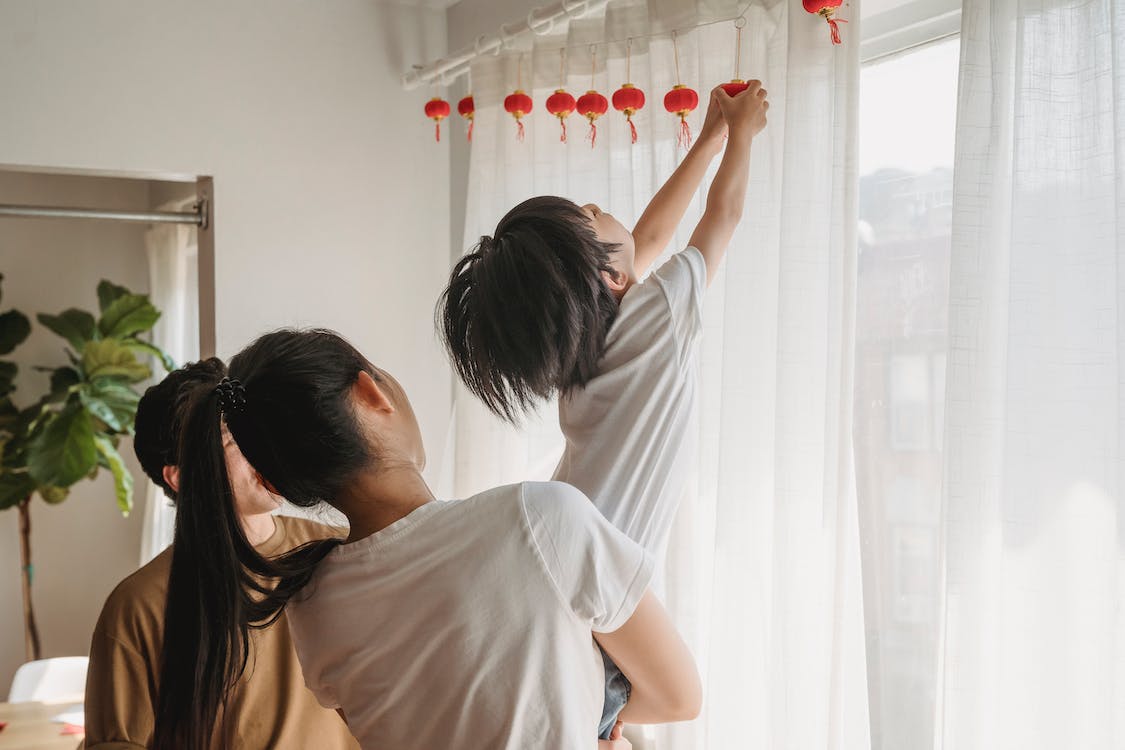 Lifestyle
Lifestyle5 Chinese New Year Traditions That We've Seen Change Over The Years
The day physical ang pows are no more is the day I'll riot.
1. Wearing more casual clothing while house visiting
When you visit your friends' and family's houses, you would typically wear traditional Chinese clothing such as the cheongsam or the tang suit. However in recent years, it is becoming less common, especially among the younger generation. People have opted for more casual wear like a basic T-shirt and jeans when they visit their families during the festive season.
Also, people often dress in red, yellow or gold clothing during Chinese New Year, as these colours are believed to represent luck, success, and positivity. Meanwhile, it was considered a taboo to wear black or white attire because they are traditionally associated with mourning. However, people wear whatever they like nowadays.
Image via RDNE Stock project/Pexels
2. Giving out e-ang pow
Let's be honest, receiving red packets with money is probably one of the highlights of our Chinese New Year celebrations. While the tradition of giving out ang pows is still prevalent, there's a slight change in the way it's done.
Some families are moving towards electronic transactions, transferring money online instead of using physical red packets. Virual ang pows were popular, especially during the pandemic, because family members were not able to visit their hometowns and it was hassle-free.
Many platforms such as Touch 'n Go e-wallet app and Maybank's MAE App have introduced features that allow people to send out their red packets of blessings. But there's just no replacing the joy of opening up these little red gifts.
Image via Angela Roma/Pexels
3. Putting up minimalist, and not always the traditional red, decorations
It was really common to see families go all out with their Chinese New Year decorations. The whole house would be a delightful red clutter of traditional symbols and ornaments such as lanterns, paper cuttings, and decorative items featuring the zodiac animal of the year.
However, with changing lifestyles and generational shifts, some families have been opting for more simple decorations. Some even choose not to put these decorations up at all.
Image via Kevin Malik/Pexels
4. Ordering in CNY dishes, instead of communal cooking
For any celebration, the food is always the fun part. But what makes it more fun was the communal experience of preparing traditional festive delicacies in the kitchen.
Multiple generations often huddle together in the kitchen to make traditional dishes such as spring rolls, niangao, and yee sang. However, many of these dishes can now be found in supermarkets nearing the festive season, and many families prefer the convenience of buying ready-made festive treats.
Image via Angela Roma/Pexels
5. Not worshipping the Kitchen God
If you ask anyone, particularly those from the younger generation, whether they know or have heard of the Kitchen God, they'd probably say no.
The Kitchen God is a deity that makes a year-end report about each human's good and evil deeds to the Jade Emperor of heaven. According to legend, families would get anxious about their evil deeds being exposed to the emperor, so they would burn incense, set off firecrackers, and worship the god with 'bribery' like cakes, nuts, and dried fruits. Then, the Kitchen God will only report their good deeds.
Nowadays, most households use electric cookers instead of traditional kitchen stoves, so the Kitchen God rituals aren't as common as they were in the past.
Image via laodong.vn/Vietnam Plus

 Cover image via
Cover image via 



